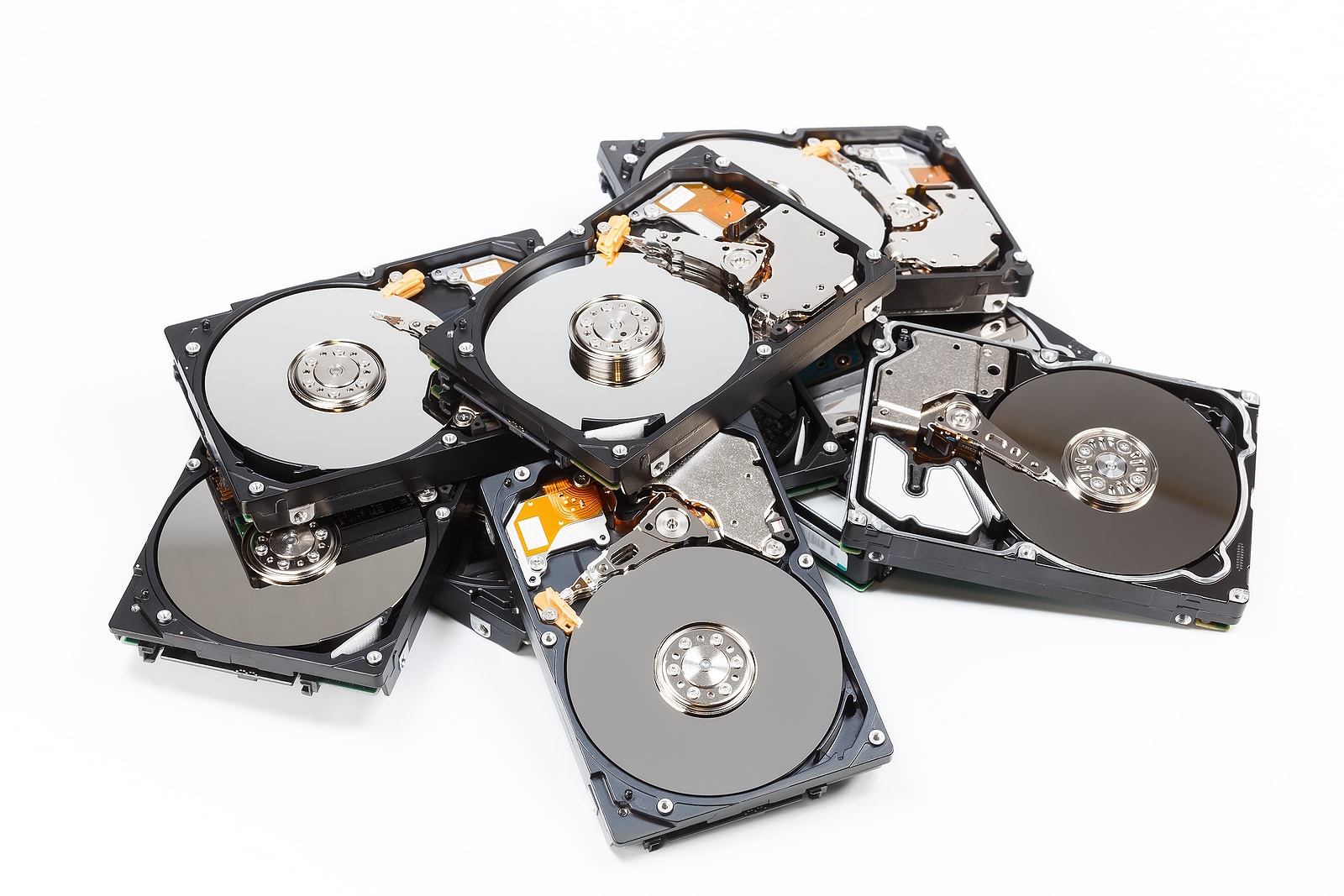New, Used, and Refurbished: What Do They Mean?

New, Used, and Refurbished: What Do They Mean?
For many companies, buying new IT equipment or getting rid of old systems means making important decisions about where new devices come from and where the old hardware goes. Understanding the entire pipeline of IT infrastructure, from purchase through use to disposal, is critical to maintain data security.
To start, modern IT departments that rely on their infrastructure should have a basic understanding on the difference between new, used, and refurbished IT equipment.
New
Most companies purchase equipment that has never been owned or used. New devices that come directly from the manufacturer or distributor are often sealed and warrantied, giving buyers the ability to return them if they break or malfunction.
New items are generally more expensive until demand starts to go down. To reduce the price, you might get something on sale or purchase in bulk. Generally, businesses concerned about potential hardware failure from used devices will purchase new items that have not been previously owned.
Used
Once an item has been bought and paid for, it can no longer be considered new. Equipment that has been previously purchased, unpackaged, or used isn’t generally as appealing to a business. Although “used” equipment may not have been actually used, it is viewed as having a lower value due to the general thought that there may be degradation and wear. Some used equipment may be damaged or not even work.
Used equipment is seen as riskier for purchasers. There are often no guarantees or return policies.
Refurbished
When it comes to tech, refurbished can mean many different things depending on where you buy it from.
Usually, refurbished means it has been upgraded or improved somehow after it was used, before reselling it. Whatever the device, be it a desktop, laptop, or tablet, it will be tested and graded by the seller according to its condition. Faults have most likely been fixed with batteries and other missing parts have been replaced so the item is as good as it can be.
For refurbished items, you should also expect some type of warranty so that you’re covered if the item you receive isn’t what you expected or it becomes faulty after your initial uses. Many resale platforms like eBay or NewEgg provide third-party monitoring for returns and provide customer ratings to help you find a reputable seller.
Some certifications, like R2 and e-Stewards, require return policies and strictly outline the requirements for reselling devices to ensure they are fully tested to be functional and any damage or issues are clearly described for interested buyers.
Refurbished equipment offers great value, and although typically more expensive than non-warranty used equipment, the price is usually much lower than buying brand-new.
Refurbish Old IT Equipment with SEAM
Secure Enterprise Asset Management (SEAM) is a leader in refurbishing, reselling and recycling used IT equipment. We offer certified data sanitization in accordance with NIST standards for businesses to make sure their information won’t be compromised when reselling devices.
For businesses in North Dakota and South Dakota, our secure ITAD, Resale and Recycling services help you make sure you get the best ROI for your equipment. As the only certified provider in the region, we provide transparency regarding your refurbished equipment to help you get the most value back. Contact us today to learn how we can help!
SEAM provides IT recycling and data destruction services including onsite shredding and hard drive wiping to South Dakota, North Dakota, Minnesota, Iowa, and Nebraska.
Schedule a pickup or contact us for more information.





